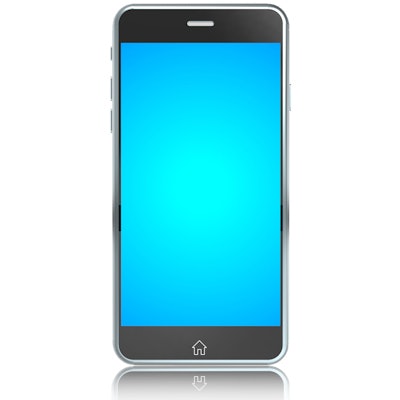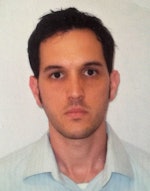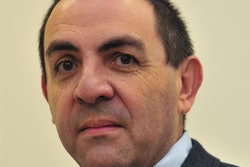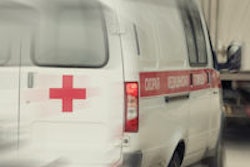
If necessary, can on-call spine surgeons make good decisions about whether or not to operate on a thoracolumbar spine fracture just by viewing video clips of CT images on a smartphone app? Yes, they can, according to research from an Israeli group published online recently in the Spine Journal.
The team, led by Dr. Ido Stahl of Rambam Health Care Campus, asked spine surgeons to review 30 CT cases using the WhatsApp instant messaging application on their smartphones, and then review them again a month later on a traditional PACS workstation. The researchers found high levels of intraobserver agreement, concluding that surgeons can feel confident in their decision-making capabilities, even if they don't have access to a PACS workstation, Stahl said.
"Sending CT scans over messaging applications allows quick and efficient communication of spine trauma cases between a doctor in a secondary or tertiary hospital and a spine specialist in a major trauma center," he said. "This can reduce unnecessary [transfers] and expedite surgical treatment in patients who require urgent care."
On-call surgical decisions
High-energy spinal trauma cases arrive on a daily basis at the researchers' level I trauma center serving a population of almost 2 million citizens, and the spinal surgeon on call is often asked to make a surgical decision without being able to access a PACS workstation to examine the relevant imaging, Stahl said.
"Since the advent of smartphones, we have been using messaging applications to transfer x-ray images and CT scans to the on-call physician, but we realized there is very little published material to prove the efficacy of our routine," Stahl, a senior orthopedic resident, told AuntMinnie.com. "This prompted us to perform the study so we could feel safe to continue in our practice."
 Dr. Ido Stahl of Rambam Health Care Campus.
Dr. Ido Stahl of Rambam Health Care Campus.In the study involving 30 consecutive patients with thoracolumbar spine fractures who had been admitted to the orthopedic surgery division in the previous year (2014), Stahl used an iPhone 6 to capture high-definition video clips (1080p, 60 frames per second) as he manually scrolled through the CT scans on a PACS workstation (Spine J, August 16, 2016).
Next, he sent the video clips of the axial, sagittal, and coronal images via WhatsApp to the personal smartphones of five senior orthopedic spine surgeons, who were asked to diagnose and classify each case and determine whether they would treat the fracture conservatively or operatively based only on the video clips. The surgeons then evaluated the cases again -- in a different order -- four weeks later using the standard method of reviewing the cases on a PACS workstation.
The researchers found that intraobserver agreement -- as determined via Cohen's kappa statistic -- was nearly perfect for determining fracture level and was considered substantial for classification using AO Foundation criteria, proposed treatment, neural canal penetration, and Denis classification. Intraobserver agreement was moderate for loss of vertebral height and kyphosis (with k = 1.0 meaning complete agreement):
- Determining fracture level: k = 0.94
- AO classification: k = 0.75
- Proposed treatment: k = 0.73
- Assessment of neural canal penetration: k = 0.71
- Denis classification: k = 0.69
- Assessment of loss of vertebral height: k = 0.55
- Assessment of kyphosis degrees: k = 0.45
"We were pleased to find that the intraobserver reliability was quite high when viewing CT scans on the smartphones compared to analysis and decision-making with access to a PACS station," Stahl said. "The spine surgeon can feel confident that his decision whether to operate on a fracture or not can be made while away from the hospital. Of course, there is still no replacement for a thorough physical examination in the decision process."
PACS is still preferred
As for other institutions that might be considering adopting this method for on-call surgical decision-making, Stahl noted that it's important to remember that it should not replace the routine examination of CT scans on a PACS workstation.
"Smartphones do not allow the surgeon to measure angles, and the screen is significantly smaller," he said. "Whenever a scan is chosen to be transferred, the movie should be filmed without a light reflecting onto the screen, and the scan should be scrolled at a steady and constant pace."
The Israeli team is currently performing several other research studies regarding the transfer of images and movies over smartphone applications. In addition, a study involving decision-making in pediatric orthopedic trauma over smartphones has recently been accepted to the Journal of Pediatric Emergency Care, Stahl said.



















